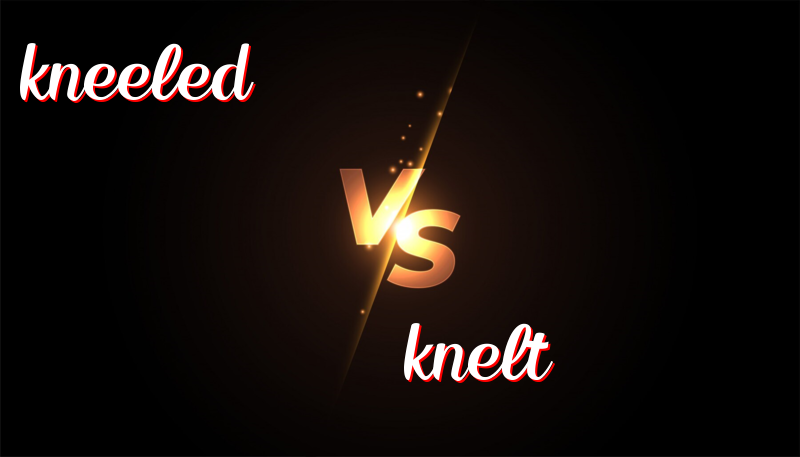Understanding Kneeled and Knelt: A Simple Guide
Difference Between “Kneeled” and “Knelt”
Both “kneeled” and “knelt” are past forms of the verb “kneel.” “Kneel” means to go down on one or both knees. These words share the same meaning, but they are used differently in different places and times.
History of the Words
“Kneel” comes from old words used a long time ago. People have been kneeling for many years, so the word has been around for a while. Over time, English speakers started using both “kneeled” and “knelt” to talk about going down on their knees in the past.
How to Use the Words
“Kneeled” is more common in American English, while “knelt” is often used in British English. This means that if you are in the U.S., you might hear “kneeled” more. In the U.K., people might say “knelt” more often.
“Kneeled” Examples
- She kneeled down to tie her shoes.
- The dog kneeled beside the child.
- He kneeled on the grass to pick a flower.
- They kneeled to say a quick prayer.
- The teacher kneeled to talk to the small child.
“Knelt” Examples
- She knelt before the queen.
- The football players knelt on the field.
- He knelt to pet the cat.
- The knight knelt in front of the king.
- She knelt to look under the table.
Trick to Remember the Difference
If you are in America, think of “kneeled” because it sounds similar to other past tense words that end in -ed. In places like the U.K., “knelt” is often used. It rhymes with “melt,” another past tense word.
Summary
Both “kneeled” and “knelt” mean the same thing: going down on your knees. “Kneeled” is often used in America, and “knelt” is more common in the U.K. You can use both words correctly depending on where you are. Remember, they both tell about an action in the past!

Leave a Reply
You must be logged in to post a comment.